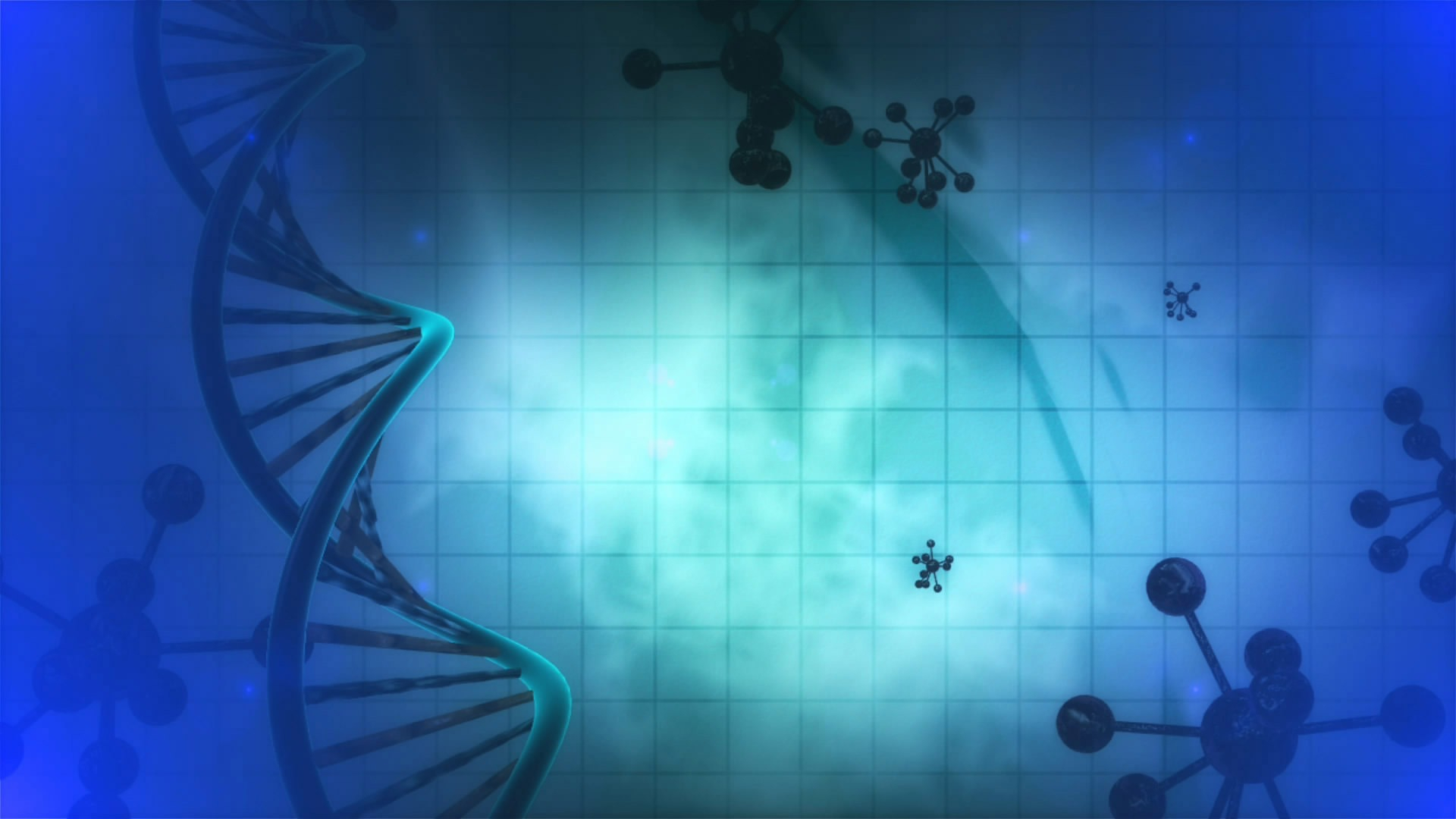Introduction to the LifeWave X39 Patch
The LifeWave X39 patch is a non-invasive device designed to stimulate the skin through specific wavelengths of light. This process, known as phototherapy, focuses on enhancing the body’s natural repair mechanisms. The patch specifically targets the stimulation of the copper tripeptide GHK-Cu, a small protein with a strong affinity for copper, known for its myriad of physiological benefits, including tissue repair and anti-inflammatory properties.
Study Overview
The study embarked on a mission to explore the impact of the X39 patch on various physiological parameters. Conducted as a double-blind randomized controlled trial, the research involved 50 participants aged between 40 and 81. The primary objective was to assess the patch’s influence on copper peptide biosynthesis, bio-available amino acid levels, neurotransmitter production, memory, sleep quality, vitality, muscle relaxation, and blood pressure.
Methodology
Participants were meticulously selected and randomized into control and active groups. The study spanned seven days, with data collected at the outset, after 24 hours, and on the seventh day. The comprehensive approach included a blend of questionnaires, physiological measurements, and urine analysis to gauge the effects of the patch on the participants’ metabolic and physiological states.
Key Findings
The results of the study were nothing short of remarkable. Participants in the active group exhibited significant improvements in several areas:
Amino Acid Levels: There was a notable increase in eight amino acids, including Creatinine, Normetanephrine, Methionine, Homocystine, Isoleucine, Glutamine, Cysteine, and 5-Hydroxytryptophane. These amino acids play crucial roles in various metabolic pathways, highlighting the patch’s potential in enhancing metabolic functions.
Memory and Sleep Quality: Participants reported significant enhancements in short-term memory and sleep quality. These improvements were quantified using the WAIS III memory test and the Pittsburgh Sleep Quality Index, underscoring the patch’s potential in cognitive and sleep-related applications.
Vitality: A self-reported increase in vitality was observed, as measured by the Arizona Integrative Outcomes scale. This finding suggests that the patch may contribute to an overall sense of well-being and energy.
Physiological Measures: The study also recorded significant normalization in blood pressure and improvements in respiration and muscle relaxation. These physiological changes point to the patch’s potential in managing stress-related parameters and enhancing overall physical health.
Conclusion and Future Directions
The study concludes that the LifeWave X39 non-transdermal phototherapy patch holds immense promise in stimulating the biosynthesis of copper-peptide, enhancing neurotransmitter production, and improving overall metabolism. The findings pave the way for further research, particularly in understanding the underlying mechanisms of phototherapy and exploring the long-term effects and potential physical changes brought about by the patch.
As we stand on the cusp of a new era in medical science, the LifeWave X39 patch emerges as a symbol of innovation and hope. Its potential in improving quality of life and managing various physiological parameters is a testament to the relentless pursuit of knowledge and the unwavering spirit of scientific inquiry.
For those keen on delving deeper into the intricacies of this groundbreaking study, the full research article is available here.
Citation
Connor, M. H., Connor, C. A., Gombusuren, N., Eickhoff, J., Anderson, N., Perry, M., & Peugh, L. (2021). Phototherapy Induced Metabolism Change Produced by the LifeWave X39 Non-transdermal Patch. International Journal of Research Studies in Medical and Health Sciences, 6(5), 8-14. DOI: https://doi.org/10.22259/ijrsmhs.0605002




